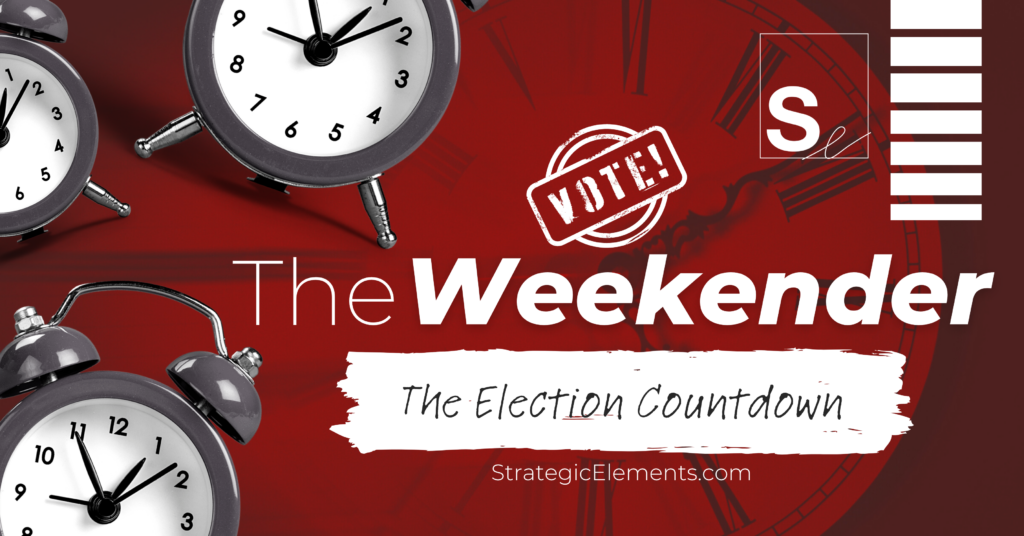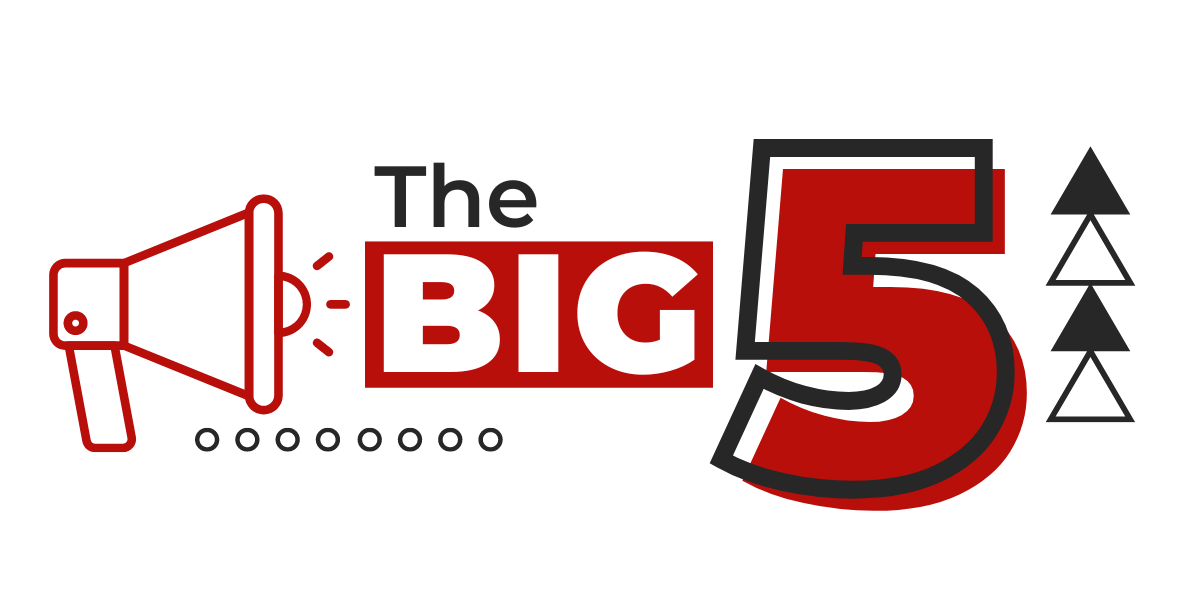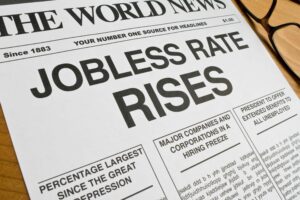DATA POINTS
- 41 – The USA’s current Olympic medal count; the most medals of any country thus far
- 58 – The number of days the Boeing Starliner astronauts have been stuck in space
- 61 – The age of the oldest Olympian in the Paris Olympics
- 3,000 – The total number of Olympic medals won by the U.S. – the most of any country so far
- $3,000 – The cost of each of the USA’s gymnastic team’s leotards worn in Paris
- $9.7 B – The cost to host the Paris Olympics
Wake Me Up When November Ends
With less than 100 days until the 2024 presidential election, prepare yourself for the Blitzkrieg political ad campaigns directed at persuading your vote. With all-but-certain Democrat nominee Kamala Harris having to prove herself as a standalone titan capable of taking down former President Trump, she’ll have the most ground to cover. Her newest ad, “Fearless,” underscores her ascent to the Vice Presidency, covering her tenured past holding banks, drug companies, and criminals accountable as a prosecutor. With spots running in seven swing states during the Paris Olympics and popular shows like The Bachelorette, Harris’ campaign hopes her first volley will land their marks.
She seems to be the talk of the town since President Trump’s ads are also about Vice President Harris, albeit less lovingly. His ads describe her as “failed, weak, and dangerously liberal” in true Trumpian form. Each camp already spends tens of millions of dollars (and each plans to spend over $100 million more each) on ad campaigns over the next three months.
So, how effective are political ads, and what’s the right strategy for hitting the home run message? For that, we’ll need an expert. Meet Lynn Leclerc (Stinson), Vice President of Digital Strategy at Strategic Elements. Here’s what she has to say:
“There is, unfortunately, no cheat code when it comes to political ad efficacy. Each candidate and its electorate have a litany of unique variables and needs. However, there are two key best practices to influence the electorate that we always apply. First, gain a deep understanding of your segmented audiences and how your messages align to each; polling, research, and audience data is advised to obtain these insights. And second, test, test, and test some more. The responses to each ad provide rich indication of subsequent optimizations to improve your ad campaigns over time.”
 I’ve Got a Fast Small Car
I’ve Got a Fast Small Car
Compact cars are driving their way to people’s hearts, saving their wallets along the journey. With low(er) prices and inflating inflation, more and more people are choosing smaller cars when shopping for a new vehicle. Trucks are also decreasing in popularity – not that consumers don’t want them, but smaller vehicles tend to cost less.
Why are cars so expensive right now? The pandemic disrupted the used car market, with fewer people buying new cars and trading in their old ones, while demand increased due to government stimulus checks. Automakers also built fewer cars than usual in 2021 and 2022 due to pandemic-related delays, which suppressed supply.
To make matters worse, an increase in interest rates has made vehicles even more pricy. In most circumstances, purchasing a new car under $20,000 is a thing of the past. Cars.com leadership told Axios that consumers are paying $11,000 more for a new car today than five years ago.
Thankfully, affordability may be on the horizon. Vehicle prices are starting to plateau, and manufacturers are exploring small entry-level car options including an EV priced under $30,000.
Travel is back, baby 
Gas prices are high, food costs are inflated, and interest rates are up. Would you believe us if we told you this is a recipe for increased travel? According to the airlines, it is, with more kids in the terminals and families boarding flights.
Why the surge? A mix of pent-up demand from the pandemic, a booming stock market, and rising wages is opening doors of opportunity despite higher costs of living. People are also prioritizing experiences over everyday expenses.
This trend is benefiting various industries, from airlines to local tourism hotspots. Even Baby Boomers, who account for 21% of the U.S. population – and hold half of the country’s wealth – are travelling more this summer. Thirty-four percent of Boomers plan to travel this summer compared to 28% last year. Despite the increased costs of vacationing, many in the age range are riding the stock market high and enjoying the surge in their 401Ks.
All in all, the economy might feel shaky, but the travel bug has hit. People are finding ways to make their dream vacations happen, creating priceless memories.
 The job market is not what it once was
The job market is not what it once was
Post-pandemic job openings are cooling down. For the first time since 2021, the unemployment rate is over 4%, and the number of open jobs per person is also back to similar pre-pandemic levels with a rate of 1.2 open jobs per unemployed person. Hiring is the slowest it has been in 10 years, and employees aren’t as quick to let go of the jobs they have – competition is fierce. Although job openings were expected to decrease to 8 million in June, they stayed at a relatively steady level of 8.18 million.
Wage growth has also tempered, dropping from it’s highest point of 5.9% in March 2022 to 3.9% last month. Some sectors, such as healthcare, construction, and government, continue adding jobs, but others, like restaurant work and certain white-collar jobs, have cooled.
Experts aren’t concerned, though. From the macro level, these numbers broadly show that the market is balanced. Economists do not expect levels to continue falling and believe this rate will stabilize. But for now, if you like your job, keep it.
 The Working Homeless American
The Working Homeless American
Plumbers, supervisors, local restaurant managers, and blue-collar workers are the backbone of America. Today, though, more workers are finding themselves unexpectedly homeless despite working full-time. Homelessness hit a record high last year and it’s affecting more working people than ever before. The primary culprit? Skyrocketing housing prices. Compared to a year ago, homelessness is up 61% in Southeast Texas, 35% in Rhode Island, and 20% in Tennessee.
These working Americans are less visible than those chronically living on the streets as they typically sleep in their cars in parking lots. Many are caught in an impossible position: they make too much to qualify for government assistance but too little to pay rent in high cost-of-living cities. And it’s a lose-lose scenario for the pocketbook. Living in a car increases gas bills to keep the A/C running all night in summer heat, individuals can spend hundreds of dollars on drinking water without a tap, and food costs rise without a kitchen.
High housing costs is a leading reason Americans are frustrated at the U.S. economy, just behind food prices. Rent concerns rank higher than gas, healthcare, student loans and childcare. 12.1 million Americans (1-in-4 renters) spend at least half their incomes on rent and utilities alone. Without meaningful reform to the cost of housing crisis, this trend is expected to continue.
Read More at The Washington Post
See you next week!
Be sure to follow us on Facebook, Twitter, and LinkedIn for more news and industry updates. To receive a copy of The Weekender in your inbox, sign up here.









